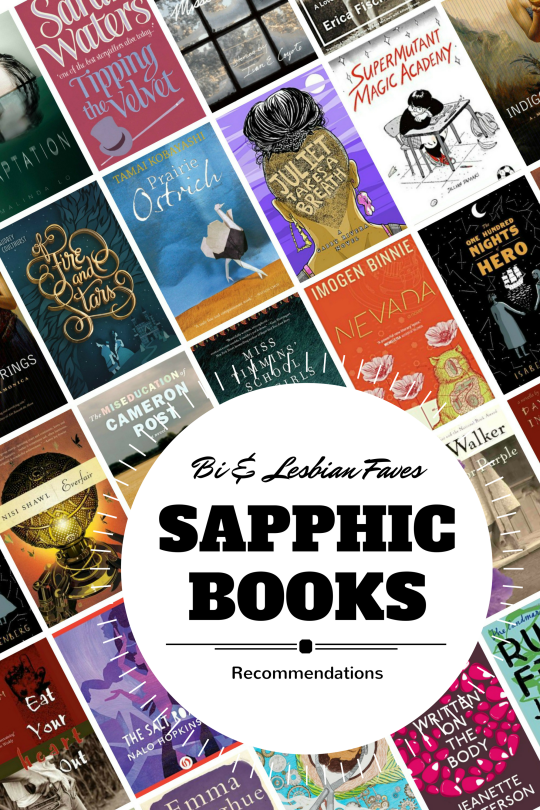
Hunting down queer books can take some detective work. There usually isn’t just a “Queer Books” section to look through at the library or in a bookstore, so finding them requires a bit of skill. Now that I’ve been seeking out queer books for years, I’ve developed a bit of a sixth sense for it; I can just tell when they’re nearby. But for those of you that haven’t developed a queer literary homing beacon yet, I thought I would share some of the tactics that work for me.
The easiest method is to keep up with the queer book world. There are too many blogs, sites, and twitter and tumblr accounts to contain here, but just keeping up with Lambda Literary’s and LGBTQ Reads new books posts can get you familiar with titles and authors to look out for. Going into bookstores or libraries with a list of books is easy enough, but what if you’re scouring through a massive library book sale and just want to scoop up any queer book you see? How you can you spot them in the wild?
Some queer books make themselves obvious just from the couples on the cover, or the title, or the back cover blurb, but I want you to be able to find the disguised ones as well. Sadly, many books hide the queer content to appeal to more readers, so you have to look for more clues.
One method is to memorize book publishers. I can spot the logo on the spine of many lesbian book publishers from years of practice (Bold Strokes Books, Bella Books, Cleis Press, etc), as well as the publishers that have enough queer content to justify checking the description on the back (like Arsenal Pulp Press).
The description often requires close reading. Casey the Canadian Lesbrarian and Bisexual Books on tumblr both note some of the phrases to look out for, but you’ll be able to spot them on your own with practice. “Love in an unexpected place”? A book about “identity”? “Boundary crossing”? There are so many ways to hint at queer content without actually naming names. If you’re looking for specific queer content–like only bisexual or trans books–it gets even harder, because these code words are intentionally vague and could mean anything. You might be lucky enough to find additional information on the copyright page: often they have a more frank summary there, or library headings that do name the queer content.
One of my favourite methods of spotting queer books is by the author blurbs. If Sarah Waters or Emma Donoghue is blurbed at the front of the book, there’s a good chance it’s a literary lesbian novel. Well-known queer authors being listed on the back of the book–especially if there are multiple ones–is a good sign that there is queer content inside.
If you have access to Goodreads or Amazon, especially if you can scan the book, you can often get answers there. Goodreads will list Genres on the book page that will usually include GLBT or Queer if it has queer content, and/or it could be included on lists of books with queer content. Amazon has similar categories on the book page, and both have reviews that you can skim through for more information.
It can be exhausting to spend so much effort just trying to find books with queer content, but it can also be immensely rewarding. Sadly, some of my favourite queer books did not make that content explicit on the front or back cover. The very best strategy to make sure that these books don’t slip past you is to assemble a team of dedicated readers of queer lit. Between tumblr, twitter, and book blogs, you can keep that TBR pile at a staggering height, no matter which letter(s) of LGBTQQIP2SA (lesbian, gay, bi, trans, queer, questioning, intersex, pansexual, two-spirit, asexual) you’re looking for. And isn’t that the way it’s supposed to be?
This post originally ran on Book Riot.


